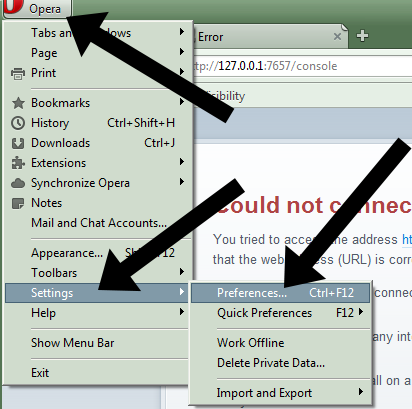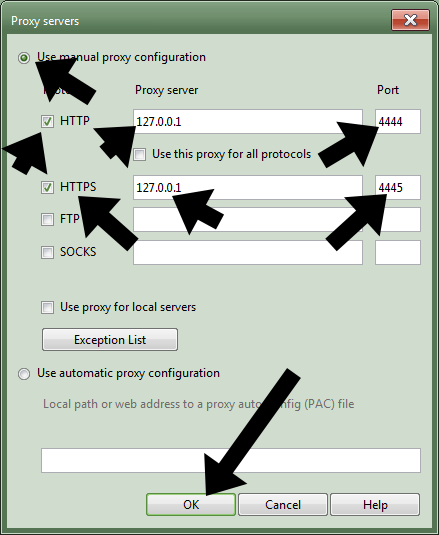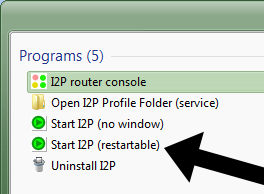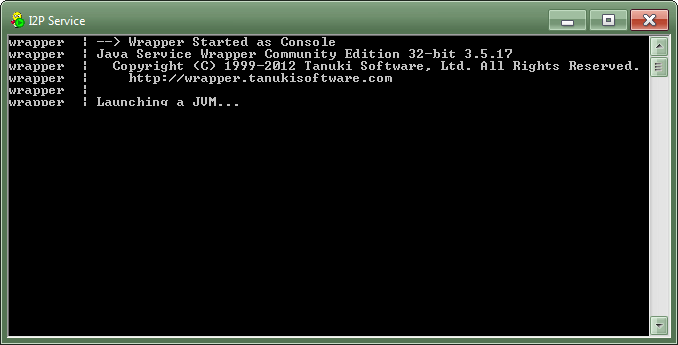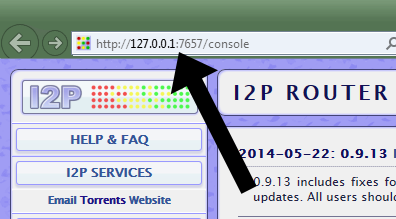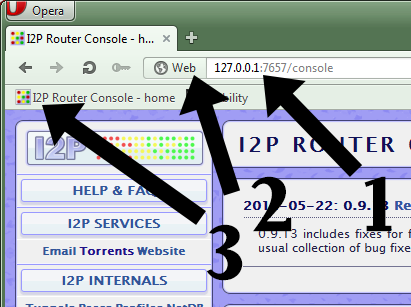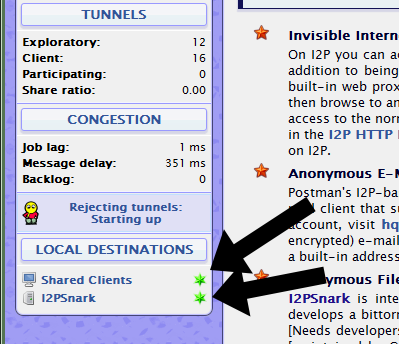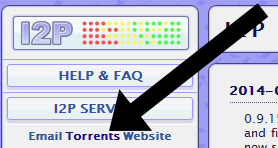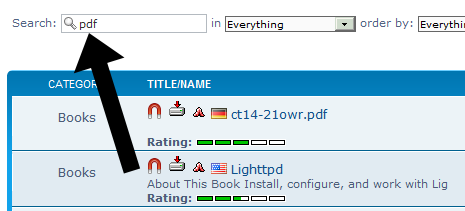The most common trait of forum spam submissions is that they contain links. The code below (add it to your main wordpress install’s functions.php theme file) filters new bbPress topics and replies and if it detects a link, it marks the submission as “pending”, allowing moderators to review the submission in the back end before publishing it. The code is working on bbPress version 2.5.4.
The code, however, creates front end issues. If it is a new topic, the user is redirected to a page that contains the topic title but not the topic content. If it is a new reply, the page reloads with no indication of that the reply has been saved. These issues may be solvable with query variables and some jQuery, but in my case, almost all submissions that contain links are guaranteed to be spam, therefore user experience is not a big concern.
function bb_filter_handler($data , $postarr) {
//If the post date and post_modified are the same, it is a new reply/topic. But if they are different,
//it is a moderater editing the reply/topic (such as changing from pending to published status,
//therefore we let the data through without filtering. Without this admins/moderators won't be able to
//change a reply/topic from "pending" status to "published".
if( strtotime($data["post_date"]) != strtotime($data["post_modified"] ) ) {
return $data;
}
if( ($data["post_type"] == 'reply' || $data["post_type"] == 'topic') && $data["post_status"] == 'publish' ) {
$text= $data["post_content"];
$regex = "((https?|ftp)\:\/\/)?"; // SCHEME
$regex .= "([a-z0-9+!*(),;?&=\$_.-]+(\:[a-z0-9+!*(),;?&=\$_.-]+)?@)?"; // User and Pass
$regex .= "([a-z0-9-.]*)\.([a-z]{2,3})"; // Host or IP
$regex .= "(\:[0-9]{2,5})?"; // Port
$regex .= "(\/([a-z0-9+\$_-]\.?)+)*\/?"; // Path
$regex .= "(\?[a-z+&\$_.-][a-z0-9;:@&%=+\/\$_.-]*)?"; // GET Query
$regex .= "(#[a-z_.-][a-z0-9+\$_.-]*)?"; // Anchor
if(preg_match("/$regex/", $text)) {
$data["post_status"] = 'pending';
} else {
//do nothing
}
}
return $data;
}
add_filter( 'wp_insert_post_data', 'bb_filter_handler', '99', 2 );









